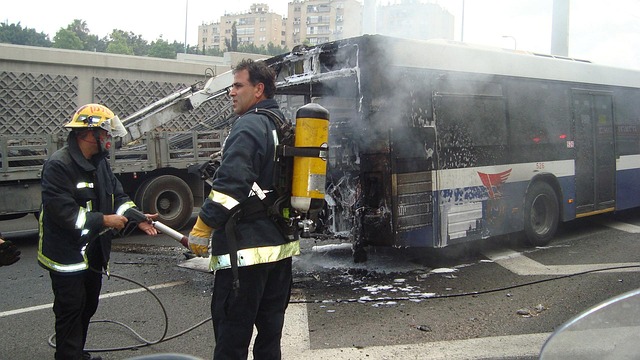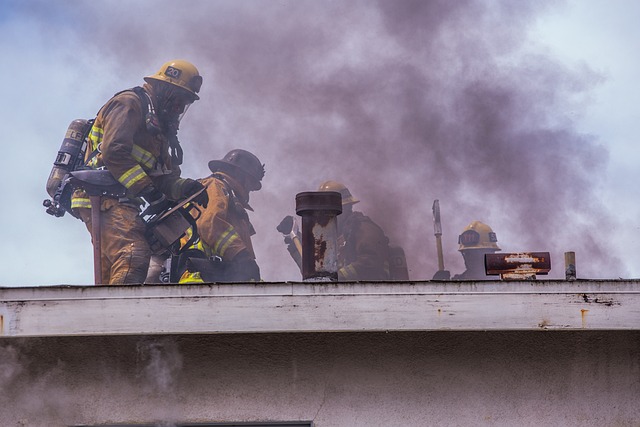House flipping investors in California play a vital role in addressing affordable housing needs by purchasing fire-damaged properties at discounted rates and quickly rehabilitating them. This strategy not only bolsters the state's diverse housing market but also drives local economic growth, creates jobs, and supports community development, especially in areas hit hard by wildfires. However, successful selling of these homes requires careful assessment of repair costs, strategic marketing to renovation-focused buyers, and compliance with local rebuilding regulations.
House flipping investors play a significant role in California’s dynamic real estate market, transforming distressed properties into profitable ventures. This article delves into the world of these intrepid entrepreneurs, focusing on their unique challenges and opportunities. We explore specific issues like navigating the sale of fire-damaged homes in California, where quick turnaround times and accurate assessments are crucial. By understanding these investors’ motivations and strategies, we gain insights into the complex landscape of California’s property market.
- Understanding House Flipping Investors and Their Role in California's Real Estate Market
- Navigating the Challenges: Selling Fire Damaged Homes in California
Understanding House Flipping Investors and Their Role in California's Real Estate Market

House flipping investors play a significant role in California’s vibrant real estate market, contributing to its ever-evolving landscape. These investors are individuals or groups who purchase distressed properties, often at below-market prices, and then promptly renovate and resell them for a profit. One of their key strategies involves buying fire-damaged houses in California, which can be acquired at discounted rates due to the unforeseen circumstances. With skilled craftsmanship and efficient project management, they transform these damaged properties into desirable, move-in-ready homes.
The appeal of selling fire-damaged houses in California lies in the state’s robust real estate market and the potential for significant returns. These investors not only facilitate the quick turnaround of properties but also help to maintain the region’s diverse housing inventory. Their activities can stimulate local economies, create jobs, and promote community development, especially in areas where affordable housing is in demand.
Navigating the Challenges: Selling Fire Damaged Homes in California

Navigating the challenges of selling fire-damaged homes in California requires a strategic approach due to the unique difficulties posed by this natural disaster. With frequent wildfires affecting various regions, investors must be prepared for a complex process when acquiring and reselling these properties. One of the primary concerns is the extensive repairs needed to restore the home to its original condition or a marketable state. Fire damage can range from charred walls and smoke odours to complete structural loss, making it crucial for investors to assess the extent of the damage accurately.
California’s competitive real estate market further complicates matters. Investors need to price these properties competitively while factoring in repair costs and potential buyer hesitation due to the recent disaster. Effective marketing strategies become essential to attract buyers who understand the potential for renovation and are willing to invest in a property with a resilient history. Successful flipping of fire-damaged homes involves meticulous planning, budget allocation, and a deep understanding of local regulations regarding rebuilding efforts after natural disasters.
House flipping investors play a significant role in California’s real estate market, revitalizing properties and driving local economies. While challenges like purchasing fire-damaged homes present unique obstacles, these investors’ resilience and expertise contribute to the state’s diverse housing landscape. By effectively navigating post-fire sales, they not only restore damaged areas but also ensure affordable housing options for communities in need. Understanding and supporting these investors is crucial for continued growth and recovery in California’s real estate sector, especially when it comes to selling fire-damaged properties.






